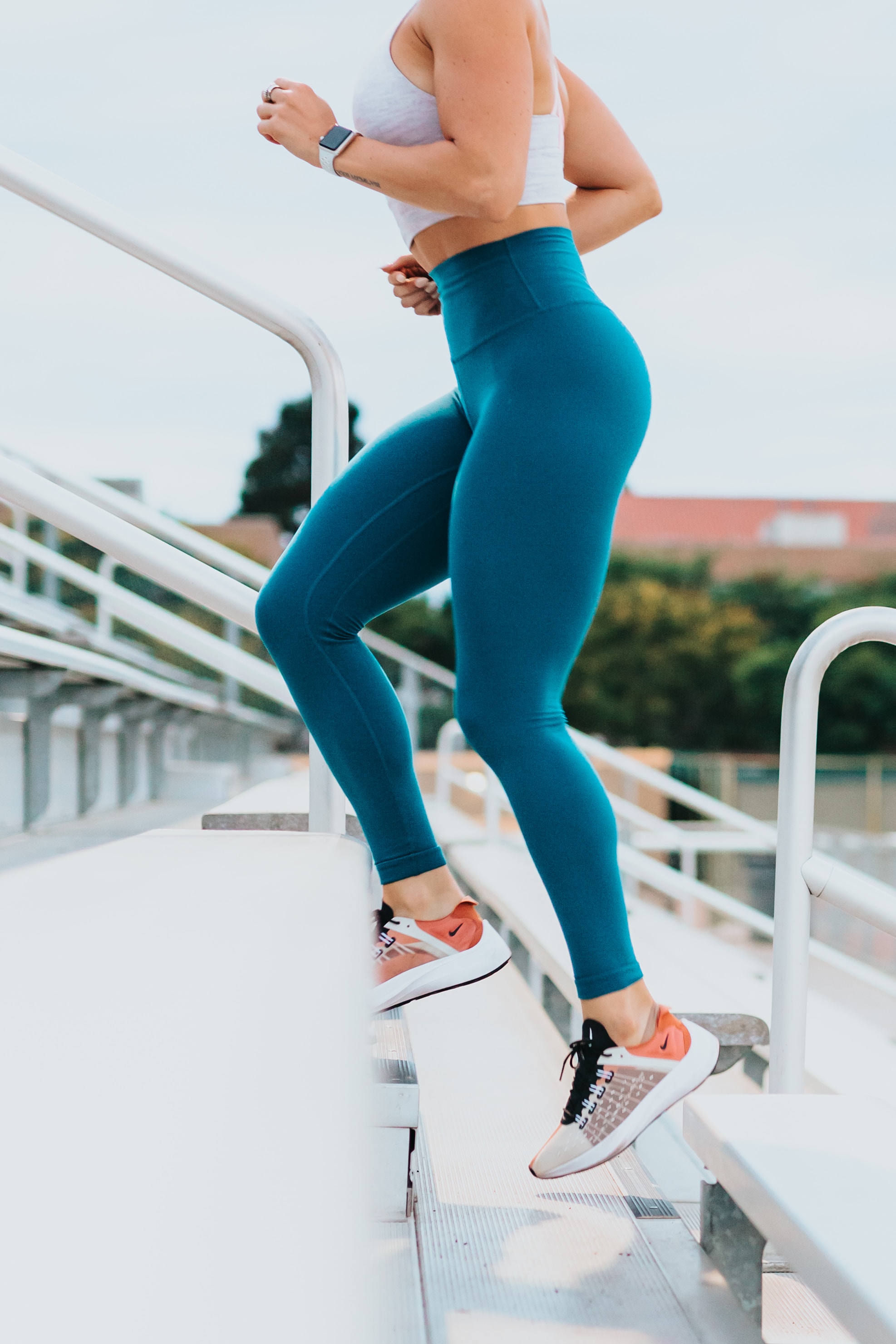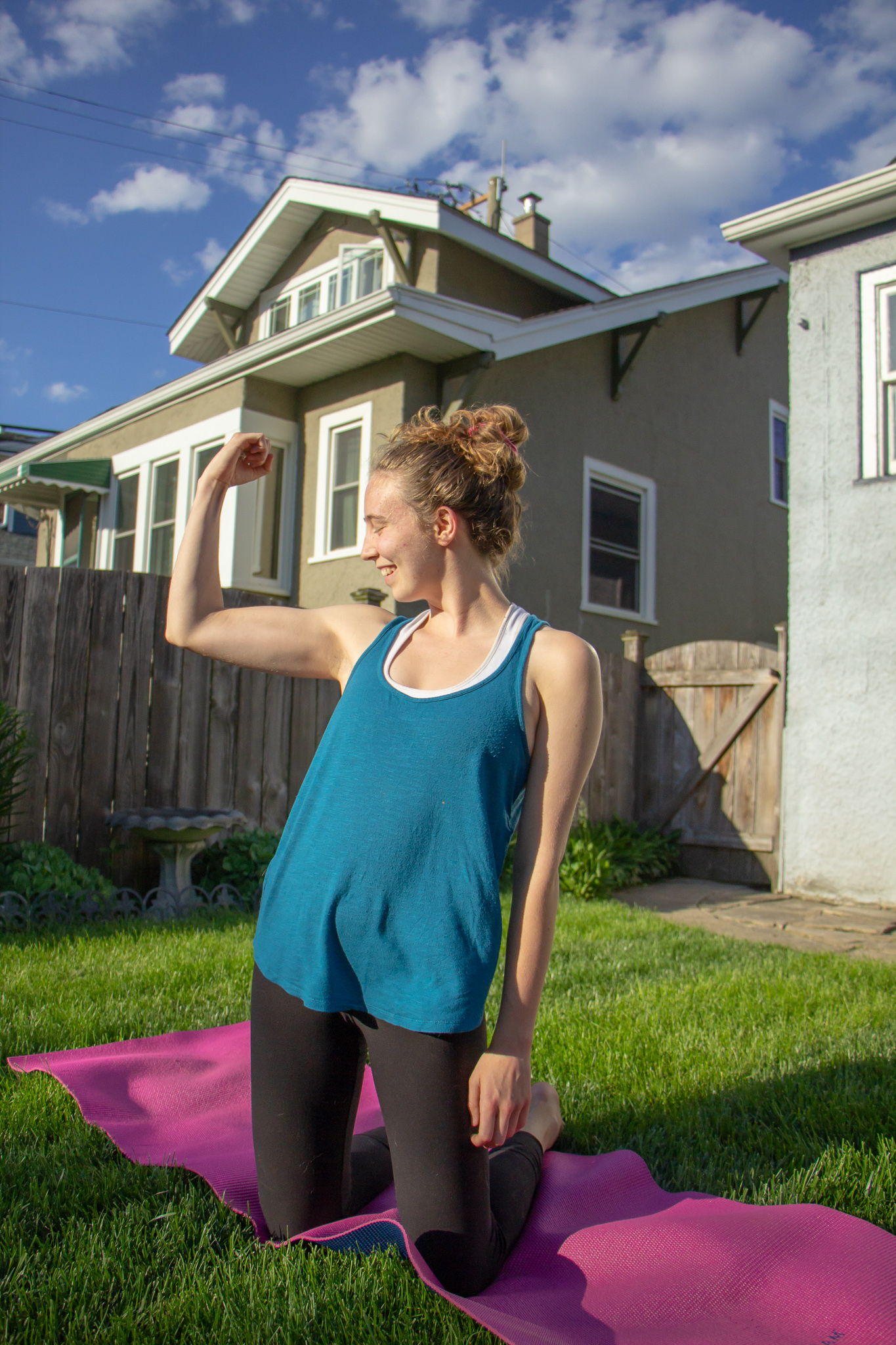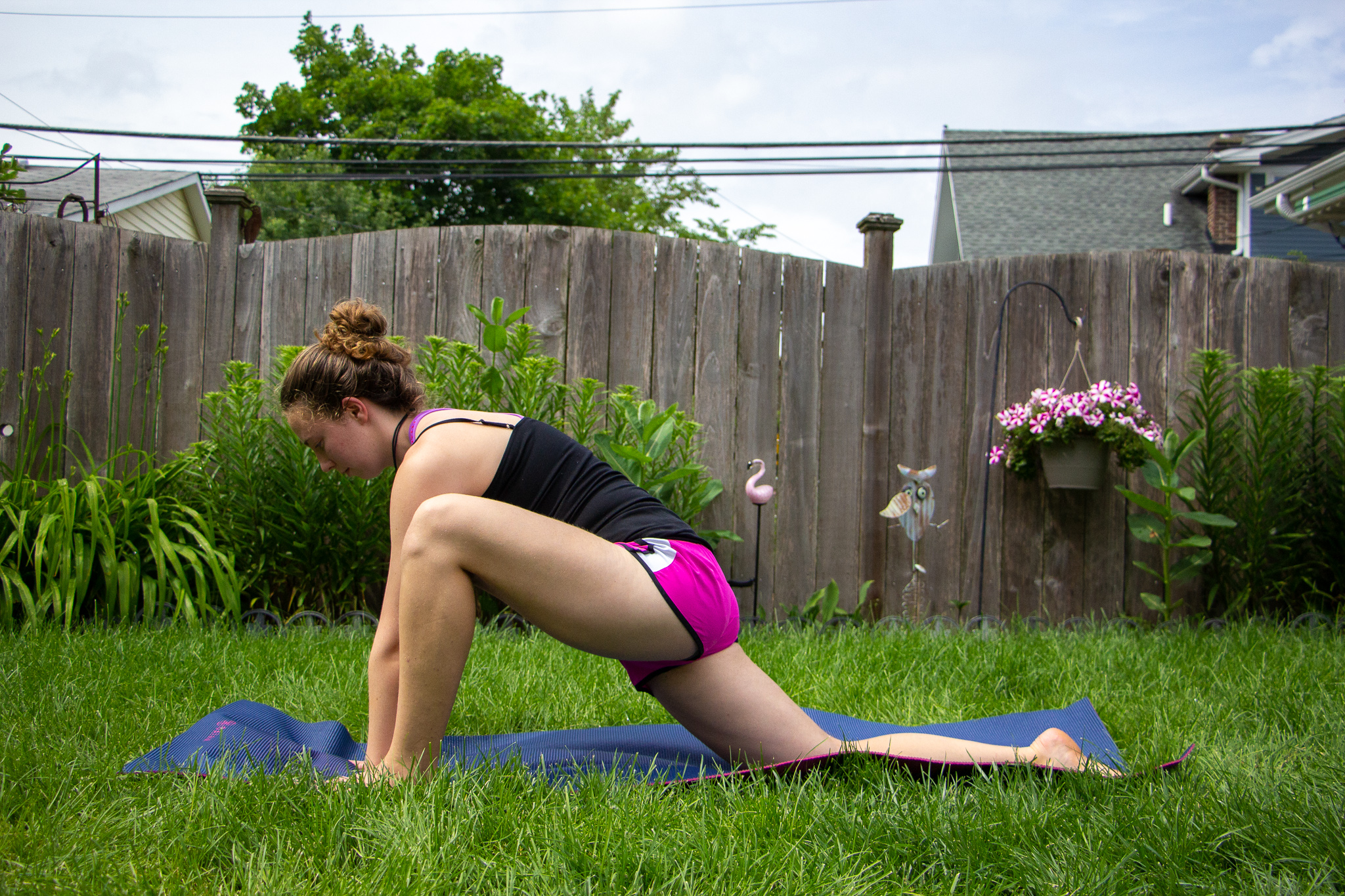How do you plan your workouts? If you’re anything like my past self, you’ve probably gone to the gym hoping to be inspired by others around you, and haphazardly thrown together a workout based on which equipment was free and what you saw other people doing. Or you’ve strung a series of Youtube workouts and bodyweight movements together in the hope of creating a full-body workout. Now, there’s nothing wrong with getting inspired at the gym, following Youtube videos, or picking equipment that isn’t occupied. The real trap is in the lack of planning; in picking a random series of movements, random amount of reps, random weight, random amount of sets. You’ll reach your fitness goals much faster if you’re working toward something and making sure that your exercise sessions are designed to help you reach your goals, whatever they may be.

In exercise science, there’s something called the principle of specificity, which essentially means that you get good at what you do. If you swim a lot, you’ll improve your swimming times. If you lift weights a lot, your body will display an increased ability to lift heavy things. The way the body adapts to the stimulus provided by exercise is quite specific: it is narrowly tailored to the signal given.
The principle of specificity is highly relevant to anyone looking to reach fitness goals. This simple rule means that your best bet to improve on any aspect of physical fitness is to focus your training on that aspect, and the results will come. But how do you do this? How do you make sure that your exercise session is best suited for your individual goals?
One piece is making sure that the particular movements you choose are suited to the movement patterns you’d like to improve. If you’d like to make everyday life easier, choose functional training movements, if you’d like to improve your balance, try balance training, etc. A second piece of the puzzle is controlling the volume of each movement; the repetitions and sets you do. Different “rep ranges,” as I like to say, correspond with different overall objectives.
If you’d like to build strength
Training for muscular strength (i.e.the ability of muscles to produce force from a state of rest) requires fewer repetitions and higher resistance than other areas of physical fitness. To increase the strength of your muscles, you’ll want to perform 1-4 sets of 4-6 repetitions with 80-90% maximal resistance (ACE Personal Trainer Manual, Fifth Edition). Training for strength is when you’ll apply the largest amount of resistance – the heaviest weight, thickest resistance band, etc.
It’s important to remember here that when I say “largest amount of resistance,” I mean for you. Everyone is going to be different and what feels very heavy to one person may be light for another and vice versa. You want to apply resistance according to your strength and ability – use 80-90% of your maximal resistance. When people say “lift heavy!” this is what they mean; lift the heaviest weight you can and know that what’s heavy for one person may not be for another.
When identifying how much resistance to use for strength, you want to be able to do 5-7 proper repetitions with the weight chosen (though you will only do 4-6). I don’t recommend “going to failure,” i.e. allowing your form to break down on the last repetition because keeping integrity with your form for the entire set is the best way to prevent injury (why would you want to practice a poor movement pattern?). When you first begin lifting weights, you may have to do a bit of playing around to find the best weight for particular movements and you can increase resistance used in increments of 5% from there as you improve.
If you’d like bigger muscles
A very common goal in the fitness community is muscular hypertrophy, or the process of muscle-fiber enlargement. You’ll train for muscular hypertrophy if you want larger and more defined muscles. Training for hypertrophy involves more reps and less weight than training for strength. Training in this style is very common, partly a function of the popularity of muscular hypertrophy as a goal.
To train for muscular hypertrophy, you will perform 3-6 sets 6-12 repetitions with 70-80% maximal resistance (ACE Personal Trainer Manual, Fifth Edition). You’ll notice that training for muscular hypertrophy requires a large volume of exercise with a recommended minimum of three sets and six reps. Many people find a workout split (i.e. splitting different muscle groups up into different days) to be the best way to maintain a high level of volume of training, as muscles should be rested for 48-72 hours after resistance training.
If you’d like better endurance
Muscular endurance refers to the number of contractions a muscle can sustain. Muscular endurance is typically measured by the number of repetitions performed with a submaximal resistance. Fitness classes such as Barre often build toward muscular endurance by utilizing a high number of repetitions with less heavy weight than would be used for strength or hypertrophy.
When training for muscular endurance, you want to work targeted muscles to fatigue in 12-16 repetitions for 2-3 sets (ACE Personal Trainer Manual, Fifth Edition). Resistance used should have an inverse relationship to the amount of reps, meaning that you lift more weight as you go down in reps and vice versa. It’s also important to keep your rest time between sets to a minimum (under 60 seconds) because muscular endurance entails the ability of the muscles to fatigue and recover. Shorter rest times and high reps improve the ability of muscles to contract continuously over a period of time. Between 2 and 3 training sessions per week is sufficient to improve muscular endurance.

Fitness often involves a program and a formula that can be manipulated to reverse-engineer your goals. I urge you to use this information about the benefits of different types of rep ranges to tailor your workout to meet your individual fitness goals.
How do you approach your fitness goals?
Also by Maille: Spice Up Your Warm-Up With These 10 Dynamic Stretches That Increase Joint Flexibility
Related: Blake Lively Credits This Approach (And Trainer) For Post-Baby Recovery
How To Tell If A Fitness Influencer Is Legit & Ensure You’re Getting The Right Advice
Get more like this—Subscribe to our daily inspirational newsletter for exclusive content!
__
Photo: Tyler Nix on Unsplash, Maille O’Donnell




